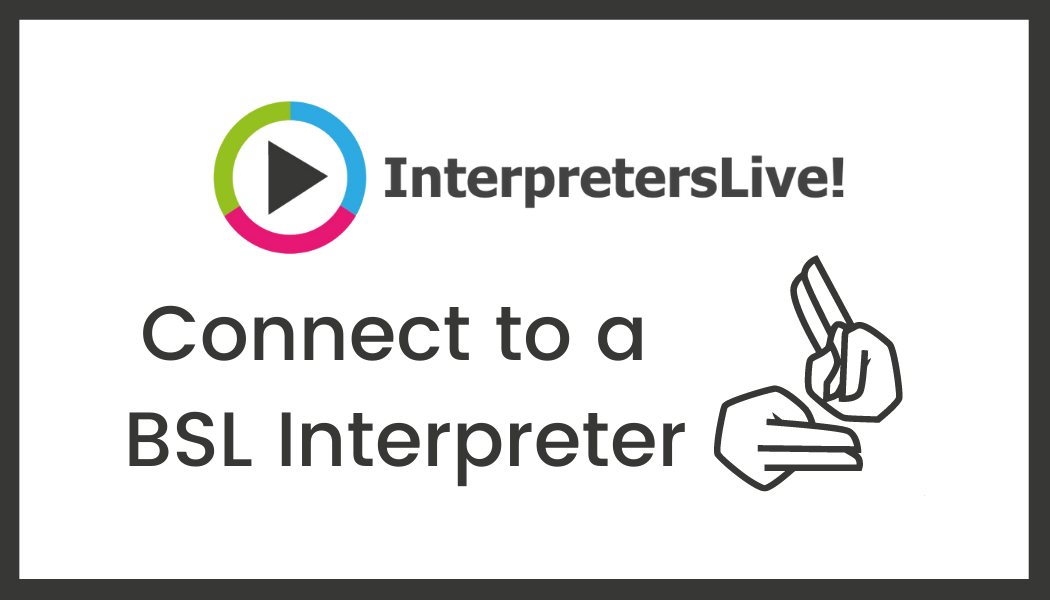
If you ask someone what they believe an inclusive workplace is they will probably say something like; ‘it’s a workplace that values diversity within the workforce’ or ‘it’s a work environment where all staff feel accepted and supported’ - and this is indeed what it means. However, many employing organisations may not yet be truly inclusive because they are not comprehensively embracing the concept of neurodiversity. I believe this is the ‘final frontier’ for equality, diversity and inclusion and countless organisations have yet to really explore this, understand it and put in place organisational processes to support this.
To be equipped to support a neurodiverse workforce we first need to have an understanding of the terminology being used. Having a solid foundation of awareness and ensuring we have clarity about the use of the word neurodiversity is an essential first step. From this standpoint, we can take our first steps towards developing a truly inclusive workplace culture that enables all staff to feel supported and thereby increase the chances of them being able to fulfil their potential. But the task, though achievable, can look quite daunting and it can be helpful to know where to go for accurate, useful information and guidance.
Neurodiversity does not mean Autism. The term neurodiversity actually relates to the diversity of human brains and minds – the infinite variation in neurocognitive functioning within our species. (Which when viewed in the wider context relates to each and every one of us ….because every brain is different). However, there are those individuals who have a brain that functions in ways that diverge from the dominant societal standards of ‘normal’ and these you may see referred to as neurodivergent ‘conditions’. These neurodivergent ‘conditions’ which are believed to account for 1 in 8 of the population include; dyslexia, Autism, dyscalculia, ADHD and more.
There has been much written about the strengths many neurodivergent individuals have and the benefits they can bring to their employing organisations across a range of sectors (with some sectors being particularly attractive to them ...and these benefitting hugely from this). There is also research which indicates these brain differences may have ‘conferred specific evolutionary advantages’ that have always been helpful to humankind.
However, until now the focus has been on the various individual ‘labels’ (as listed previously) which all fall under the umbrella term of neurodivergence – and sadly, due in part to much misinformation and stigma, there has also been a negative connotation associated with these individuals being 'different’.
To be truly inclusive an organisation needs to include each and every one of its staff and view this as an opportunity to widen the talent pool when recruiting. It is important to bear in mind that neurodivergent ‘conditions’ pervade all other ‘types’ of diversity. You can be neurodivergent regardless of age, gender, ethnicity, religion/beliefs......
Without understanding and embracing the concept of neurodiversity an organisation will never be truly inclusive.
If you want to help your organisation become a neurodivergence-friendly workplace, be more confident about the ‘message’ you share to influence workplace culture and be able to put in place the right processes related to signposting to services etc. thereby removing 'barriers' and encouraging people to seek support if or when they need it, this training may be of interest to you. Neurodiversity Aware® training & accreditation - has been developed for those who want to ensure they (and their organisation) are equipped to be as ‘accessible’ as possible thereby maximising the potential of everyone in the workforce. The training can be particularly useful for; HR professionals, L & D professionals, recruiters, consultants, staff networks, union reps, EDI managers, occupational health managers and those taking an organisational lead in equality, diversity and inclusion. If you would like to know more about this training, which includes an OCN Level 4 qualification entitled 'Supporting a Neurodiverse Workforce', please do contact me.
Connect with us on 020 8392 9959 or email hello@levelequals.com.




